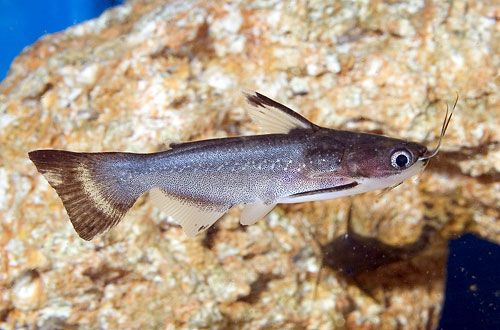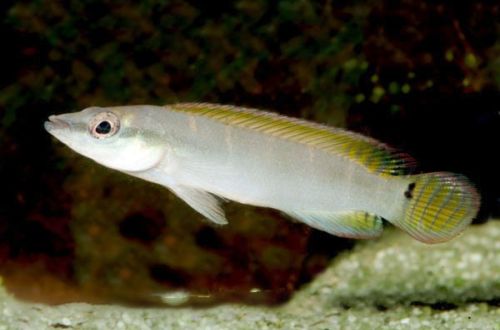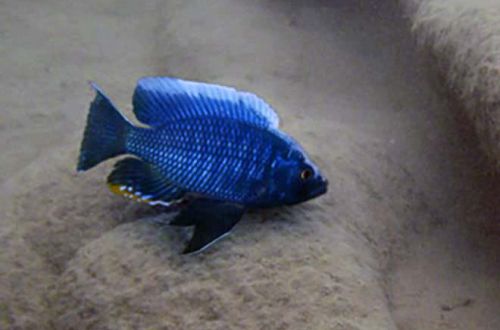
midnight catfish
The midnight catfish, scientific name Auchenipterichthys thoracatus, belongs to the family Auchenipteridae. A typical representative of soomoiformes, leads a secretive, predominantly nocturnal lifestyle. It has a peaceful disposition, harmless to other fish, so it is perfect for a general aquarium.

Contents
Habitat
It is widely distributed throughout much of South America, found in the regions of northeastern Peru, the Brazilian Amazon basin, the Essequibo River and its tributaries. Prefers areas with turbid water and flooded areas of the rainforest, hides in thickets of the underwater part of the roots, hollow or rotten stumps, in thickets of dense vegetation. Leads a nocturnal lifestyle.
Brief information:
- The volume of the aquarium – from 80 liters.
- Temperature – 22-25°C
- Value pH — 6.0–7.2
- Water hardness – soft (1-10 dGH)
- Substrate type – any soft
- Lighting – preferably subdued
- Brackish water – no
- Water movement – very little or no
- The size of the fish is 9–11 cm.
- Nutrition – any drowning
- Temperament – peaceful
- Content alone or in a group
Description
Adults reach a length of about 11 cm. The color is gray with white speckles all over the body. The dorsal fin is high, the first ray resembles a pointed spike and serves to protect against predators. Sexual dimorphism is weakly expressed. Males have a small hook on their anal fin that is used during mating.
Food
In nature, they feed exclusively on insects and their larvae, however, breeders were able to accustom them to dry food in the form of sinking tablets, granules or flakes with a high protein content. They feed at night, so feed should be served before the lights are turned off. Over time, the catfish can become bold enough and feed during the day with other fish.
Maintenance and care, arrangement of the aquarium
The optimal size of the tank for one fish starts from 80 liters. The main emphasis in the design of the aquarium is on the creation of a sufficient number of reliable shelters in the form of intertwined roots, snags, etc. Any soft substrate. The lighting is preferably dimmed, in which case the Midnight Catfish will appear much more often, if left at a normal level of light, then it will mostly hide.
Water conditions are characterized by a very weak flow, or its complete absence, pH and dGH are slightly acidic and mild values, respectively, at a temperature not exceeding 25°C.
Aquarium maintenance comes down to regular cleaning of the soil from organic waste and weekly replacement of part of the water (10–15% of the volume) with fresh water.
Behavior and Compatibility
Peaceful and shy appearance, goes well with other calm fish of similar size. Feels equally comfortable both alone and in a small group. Sharing with large, overly active and even more aggressive fish should be avoided, since not only the catfish can suffer, but also the one who tries to attack it – the dorsal fin-thorn can cause serious injuries.
Breeding / breeding
At the time of writing, no reliable reports of successful breeding of Midnight Catfish in the home aquarium could be found. This is done successfully only by professional breeders in commercial aquariums in Europe and America.
The reproduction process itself is similar to viviparous species. Fertilization is internal, the male injects the seed with the help of a modified anal fin (this is where the very hook mentioned above comes in handy). Then the female lays eggs directly on the ground and leaves. There is no parental care; future offspring are left to themselves.
Fish diseases
The main cause of most diseases is unsuitable living conditions and poor-quality food. If the first symptoms are detected, you should check the water parameters and the presence of high concentrations of hazardous substances (ammonia, nitrites, nitrates, etc.), if necessary, bring the indicators back to normal and only then proceed with treatment. Read more about symptoms and treatments in the Aquarium Fish Diseases section.





